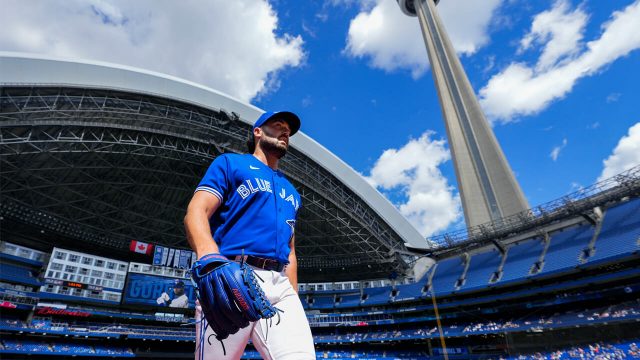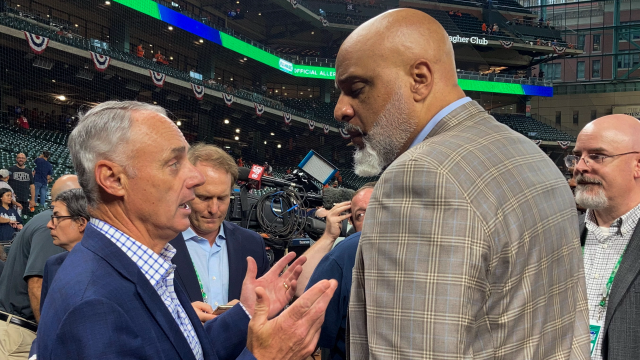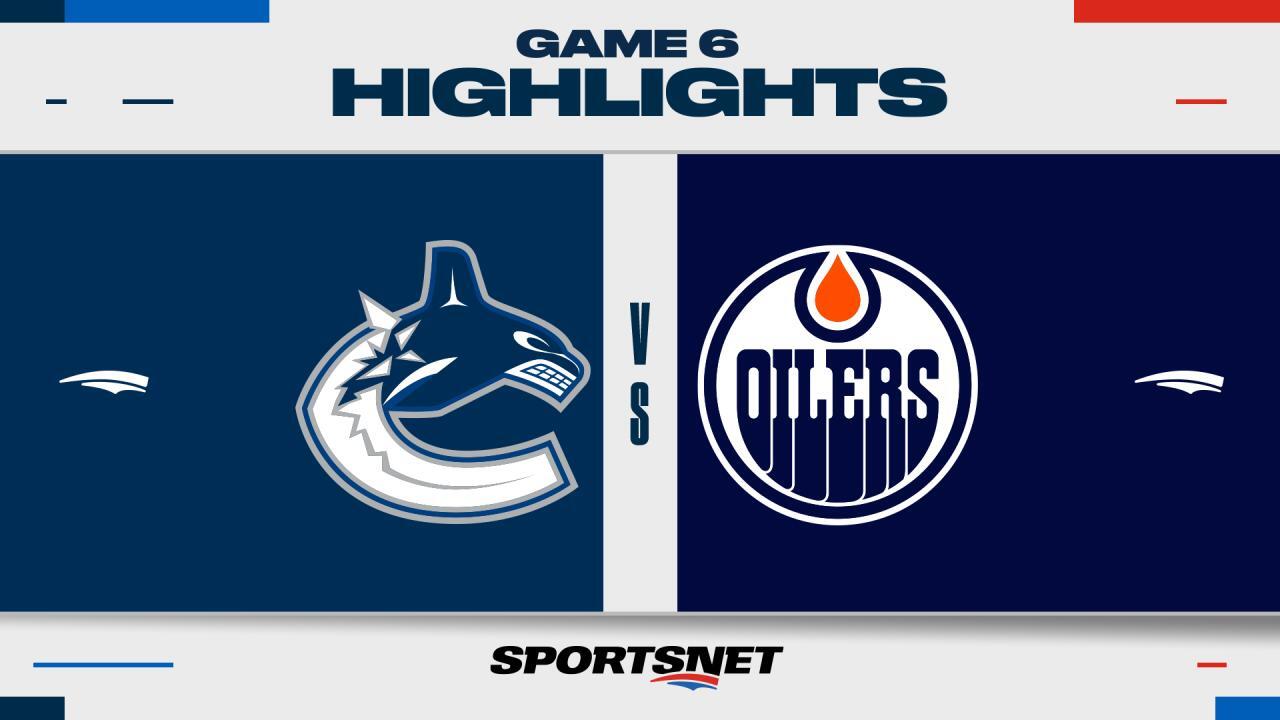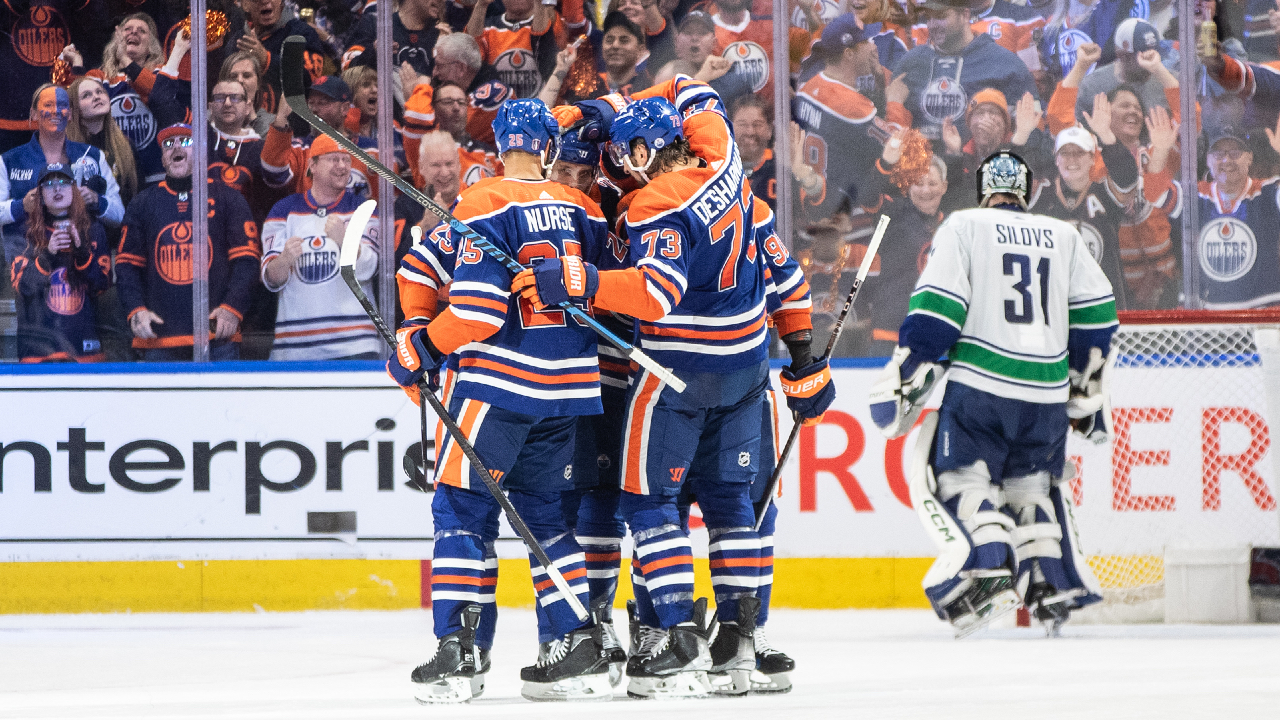
For the first time since 1994, Major League Baseball finds itself in a labour stoppage, and there’s really only one thing to do about it:
Relax.
This isn’t 1994.
There’s four months until Opening Day. That’s a third of a calendar year. And instead of sabre-rattling or crying poor or threatening labour Armageddon, Major League teams dealt out $2 billion (all figures U.S.) in free-agent salaries since the end of the World Series, formally announcing 27 deals worth over $1.4 billion on Wednesday.
Instead of wringing hands about how small-market franchises are going to survive – an old labour war standby – owners and players looked on as the Tampa Bay Rays handed out a contract that could pay 20-year-old Wander Franco $233 million over 12 years and the Miami Marlins gave pitcher Sandy Alcantara a five-year, $56-million package that is the richest in history for a first-year arbitration-eligible pitcher.
That’s a helluva way to screw the players. Instead of some of the scorched-earth stuff seen in previous sports negotiations, we were treated to a re-seeding.
It’s preparation for a labour stoppage the likes of which I haven’t seen in 32 years of covering baseball. From the beginning, the understanding in the industry was that the only thing less likely than an agreement before 11:59 p.m. Wednesday was and is the loss of one regular-season game as a result.
Instead of hunkering down for a long, brutal slog teams and players – who still have competing $500-million labour grievances against each other out of the machinations from the re-start of the 2020 season – spent the last week rushing into each other’s arms. Honest to God: it almost made you long for the days when having Jerry Reinsdorf yell “salary cap” sent players to the barricades.
This feels so … so … complicated yet non-draconian at the same time.
I mean, this isn’t about two seats per player on the bus. We’re talking about tweaking the guts of how players get paid. Salary arbitration and, by extension, free agency. Big, big stuff … yet there was commissioner Rob Manfred telling reporters after recent owners’ meetings that “when you look at other sports, the pattern has become to control the timing of the labour dispute and try to minimize the prospect of actual disruption of the season. That’s what it’s about; avoiding doing damage to the season.” His statement early Thursday morning echoed those sentiments.
Translation from Manfred: better to kill the winter meetings and douse the hot stove than lose Opening Day, when leverage begins to shift to the players. Thing is, if I know that and you know that, what impetus has there been up to now for the players to give more than they want? So now we have a situation where no transactions involving players on 40-man rosters can occur and players are prevented from communicating with club officials – including coaches – or using team facilities to rehabilitate or train. Sounds serious … but that’s why it’s called a lockout.
From a distance, the optics stink. Billionaire owners arguing with millionaire (or, in some cases, one-third billionaire) players, with the world still trying to vaccinate its way out of a pandemic that has as many configurations as Angel Hernandez’s strike zone.
You don’t have time for this B.S., do you?
Yet this is how professional sports leagues determine who gets paid and how revenue gets distributed. The foaming mouths are going to be all over social media and the airwaves about this and with social media a worry that didn’t exist in 1994, the chance is this could get pretty funky at some point. No sooner had the lockout commenced than MLB.com dropped all current player imaging from its content, acknowledging it was instead going to focus on the history of the game. Somebody needs to confiscate the iPhone of New York Mets owner Steve Cohen. Now.
[radioclip id=5249404]Still, I’m reminded of an interview I did with Manfred in August, 2019, on the 25th anniversary of the 1994 strike. Back in 1994, Manfred was outside legal counsel for the owners. Now, keep in mind that as commissioner, Manfred works for the owners. They give him his marching orders. And keep in mind that Manfred’s comments were made before the pandemic hit, when everybody’s world changed.
“Look at the process in 2001, 2006 and 2011,” Manfred told me. “There was just not the public back and forth (as there was in 1994.) Or 2016. You never saw either party talk about a lockout or strike. We both understood that creating an atmosphere where you could focus on genuine negotiations designed to come up with creative solutions was really important.
“Labour disputes never pay off for either party,” Manfred said. “The money lost was way more valuable than the issues that were on the table at the time. The industry took a step back in terms of revenue for the first time in decades.
“Another way to look at it: the union won that (1994) dispute. We were ordered (by courts) to go back to work. But the fact is the agreement we ultimately reached put in revenue sharing and a (luxury tax). The idea that I’m going to go out and strike you to get the agreement I want? It never works out that way.”
Manfred said a lockout and strike, although different, both represented, in his mind, “a failure of the process.”
Maybe the nasty labour wars of the past are a faulty lens to use in 2021. Nothing is the same as it was in 1994. Manfred was then owners’ outside legal counsel. Bud Selig was commissioner and Donald Fehr, who is now running the NHL Players’ Association, was head of the Major League Baseball Players Association, a position now held by former player Tony Clark.
The Rays and Arizona Diamondbacks didn’t exist in 1994. Ownership ranks have also changed by two-thirds, with nine holdover groups including the Steinbrenner, Pohlad and Montfort families and Reinsdorf and Peter Angelos.
A buck now is different than a buck back then and franchise values have gone through the roof. Let’s use the Baltimore Orioles as an example, since Angelos purchased them in Aug., 1993 – a year before the strike – for $173 million in a bankruptcy auction that saw him beat out Jeffrey Loria.
The Orioles are hardly the Cadillac franchise they once were, in many ways over-shadowed regionally by the Washington Nationals. Yet a conservative estimate is that the Orioles valuation is now in the neighbourhood of $1.4 billion give or take, a valuation that pales in comparison to the growth in value of other franchises. The Miami Marlins are valued at $900 million by Forbes but Bruce Sherman paid $1.2 billion for it two years ago which, by pure coincidence, is the amount Manfred says it would take to now buy an expansion franchise.
The Diamondbacks’ expansion fee in 1995 was $130 million.
Whole revenue streams exist now that didn’t exist back then, when getting the rights to parking was a big deal for owners and stadiums were expected to last decades, not years. Network TV was huge. Cord-cutting? Advanced media? Streaming? Formal arrangements with legalized sports wagering? I can see Bud Selig’s head explode over that one.
“Uh, Bud. About that Pete Rose thing …”
Baseball generated $10.7 billion in gross revenue in 2019. Let’s not even go back to 1994. Let’s just look at 2001, when it generated just under $4 billion. Salaries are different, too – the average salary in 1994 was $1.2 million compared to $4.17 million this year. Massively different.
But there has been a softness in salary growth in recent seasons that has shaped the union’s approach to bargaining – as it should. According to The Associated Press, the average salary in the majors in 2021 was a drop of 4.8 per cent from the game’s previous full season (2019.) Since 2017, the average salary has fallen 6.4 per cent. The median salary, which is the point at which an equal number of players are above and below and in in many ways a more accurate reflection of trends, fell to $1.15 million, an 18 per cent drop from 2019 and a 30 per cent drop from 2015. Of the 1,955 players who had signed major league contracts going into Sept. 1, 397 earned less than $1 million and 1,271 earned $600,000 dollars or less.
This season’s average would have been an increase from $3.89 million in 2020 had a full season been played (remember: because of the pandemic the actual earned average salary was $1.35 million because less than 40 per cent of the season was played.) But that 2020 full-year figure would have represented a 4.2 per cent decrease from 2019. The average salary in 2018 also fell – albeit sightly – from 2017.
I know, I know: we’re talking cheaper rims on luxury cars but it was the first time the average major league salary dropped in back-to-back seasons since 1967. In fact, until 2018, the average salary year to year had fallen on just three occasions, the last decline coming in 2004. The only other occasions were during the collusion era and 1995 – the year after the players strike. If you were a player, you’d want to know how that happens.
[radioclip id=5249440]Boiled to its essence, the guts of any dispute is that owners want a system that allows them to win while controlling player costs as much as possible for as long as possible while players want a greater share of the revenue pie. They want owners to spend to win.
Every player wants his team to be bankrolled like the Los Angeles Dodgers.
Every owner wants to win like the Rays … with Dodgers attendance.
That’s a significant divide, to be sure. But it seems as if there is an understanding on both sides that it makes sense for younger players to get their money sooner – witness what the Rays and Marlins did — and that the current system of salary arbitration needs tweaking. But it’s a safe bet that the sides don’t agree on the degree of tweaking that is needed, especially if it is simply a new way of allowing some owners to not put revenue sharing money into payroll.
Yeah, there’s all sorts of other talking points and trade-offs — a salary floor, tighter salary cap, pace of play, rejigging the draft to possibly include a lottery, the universal designated hitter and expanded playoffs. This could always go nuclear, I suppose, with de-certification and dragging up anti-trust stuff and from the formation of the union in 1967, leaders have always worried about management using its financial tools to split the union between older and younger players.
But the trick will be to see if there’s a common ground, and the idea of expanded playoffs gives us some insight into how these things can get tripped up by something that would appear to be acceptable to both sides: owners like it because it gives them more chances to make more money; players know more post-season games increases the possibility of playoff shares, but that is balanced off by a wariness of anything that could somehow reward owners who don’t spend.
The players don’t want a $55-million payroll in the playoffs and if you were a player you wouldn’t, either. Yet in their last offer to owners, players agreed to expanded playoffs, albeit to 12 teams over the owners’ preferred 14.
Let’s bring this down to the local level. Look: I was there in 1994. I was covering the Montreal Expos for The Gazette when that team had the best record in the majors at the time of the strike and there was little sense it was going to get resolved – players hung around for a week or so and then bailed — and a real fear that the stoppage would ultimately kill the team. The atmosphere around the game was toxic beyond belief. The Expos did pull up stakes after 2004, and while a lack of corporate and political support had more to do with the team leaving than anything else, you are allowed to wonder whether a possible World Series run could have ginned up support for a stadium in Montreal. The Toronto Blue Jays didn’t get off, either: the strike – plus Duane Ward’s arm woes – set baseball into a spin a year after the Blue Jays’ second of back-to-back World Series wins.
I kept some stories that I wrote during the strike. Hugh Hallward, a former limited partner of the Expos, came up with the idea of having the Expos and New York Yankees – the two best teams at the time of the strike – meet in an ersatz World Series with money to go to charity. Wrap your head around that.
President Bill Clinton tried to help the sides. Uh-huh.
And, of course, before future Supreme Court Justice Sonia Sotomayor handed down a ruling that forced the owners to get the game back on the field, the game was treated to the spectacle of replacement players in replacement spring training.
Now? It seems likely that this new collective bargaining agreement will coincide with baseball returning to Montreal, since industry sources now view the Tampa/Montreal split cities idea as more of a plan than a mere concept.
And the Blue Jays? They were among the big free-agent spenders leading up to this and, while there must be some trepidation about changes in a new collective bargaining agreement that might have an impact on the service time status of Vladimir Guerrero, Jr., and Bo Bichette, unlike 1994, this edition of the Blue Jays are in their ascendancy and still largely cost-effective. If the Blue Jays wake up some February morning and find that their financial come-to-Jesus moment with these two has been pushed up by a year, the guess here is this ownership group will be ready.
[radioclip id=5248967]Baseball came within hours – minutes, really – of a stoppage in 2001, when a players strike date would have fallen close to the first anniversary of the 9/11 terror attacks. Talk about an optics nightmare: Here was a game that was credited for the role it played in helping the U.S. get back to normality – its offices in the very city scarred by the attack on the Twin Towers, home of the New York freaking Yankees, for god’s sake – seriously preparing to shut itself down. There have been flashpoints, to be sure, over drug-testing and service time manipulation and, in 2019, a ham-handed return to action out of the pandemic.
But since 1994, the sides more often than not have been able to find common ground and get back to the task at hand. They’ve formed a joint venture company to start up the World Baseball Classic and the steroid crisis created common cause, as both owners and the MLBPA were forced to stare down Congress. The drama coming out of the pandemic was peanuts compared to agreeing to drug-testing.
Baseball has enjoyed more labour peace than any other sport for the better part of three decades. That’s just a fact and something to remember as the days get colder and both sides’ negotiators get deep into the weeds. And what hasn’t changed is that whatever happens in these next eight weeks or however long it takes to get a new CBA, it will be up to the players to sell the product. The good news is, there is a golden generation of young baseball talent – the most golden in my lifetime – ready to put on a show.
As long as this doesn’t get personal, the game will come out on the other side in fine shape. In the meantime …
Take a long, slow, deep breath. Let’s see where we are on Feb. 1 or thereabouts, because the approach of spring training is more of a deadline – a real deadline – than 11:59. It’s been that case all along. And both sides acted like they knew it.






